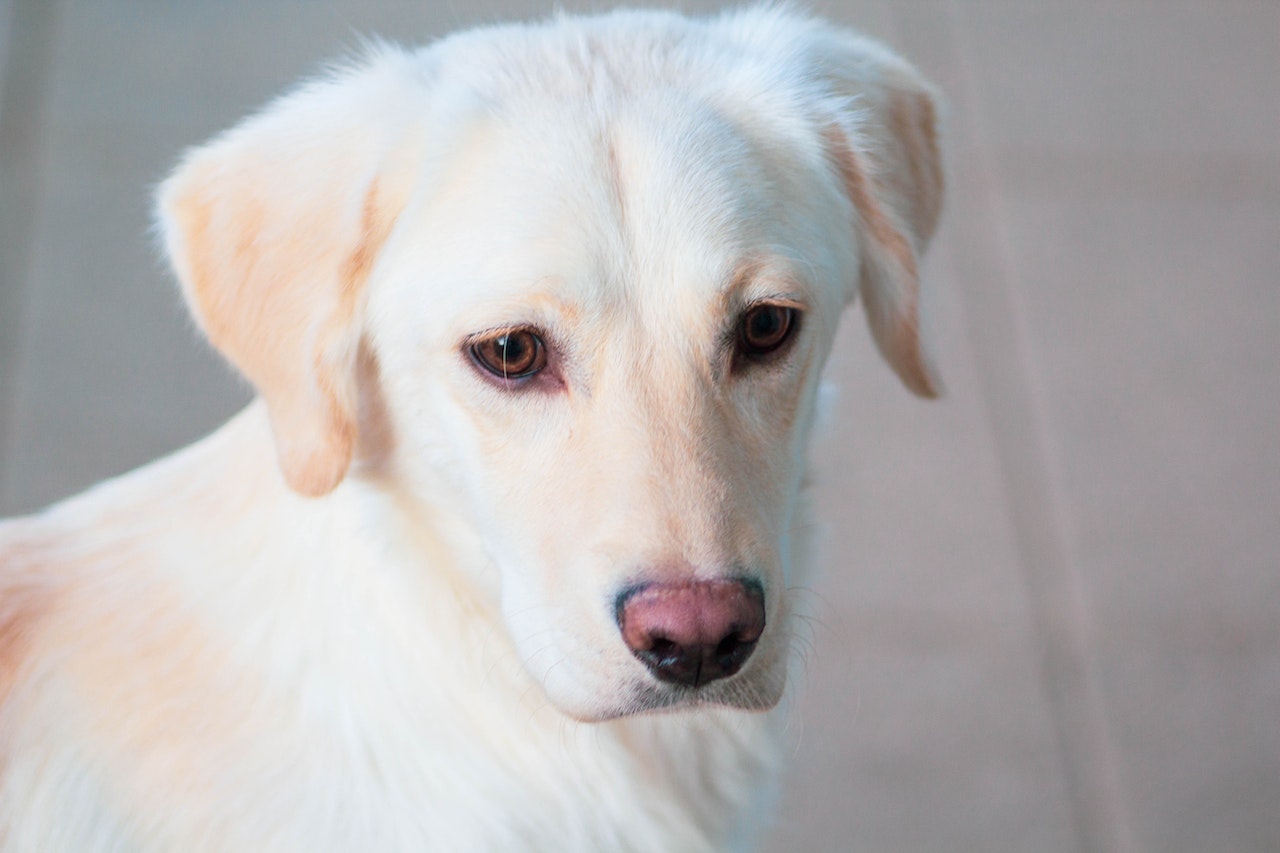How to Stop My Puppy from Crying
Are you wondering how to stop your Labrador puppy from crying? It can be quite perplexing when your adorable little furball won’t stop whimpering and whining. But fear not, as I’ll share some effective strategies to help soothe your furry friend and bring peace back into your home.
Firstly, it’s important to understand that puppies often cry for a variety of reasons. They may be feeling anxious or scared, experiencing separation anxiety, seeking attention, or simply in need of something like food or a potty break. Identifying the underlying cause is crucial in addressing their crying behavior.
One approach is to ensure that your Labrador puppy feels safe and secure in their environment. Creating a comfortable and cozy space for them with a soft bed, toys for stimulation, and familiar scents can alleviate their anxiety. Additionally, establishing a consistent routine with regular feeding times, exercise sessions, and playtime will help provide structure and reassurance for your puppy.
Remember to remain patient throughout this process as it may take time for your Labrador puppy to adjust and overcome their crying tendencies. Consistency is key when implementing any training technique or behavior modification strategy. With love, positive reinforcement, and understanding, you’ll soon have a well-adjusted pup who rarely sheds tears.
So next time you find yourself wondering how to stop your Labrador puppy from crying, keep these tips in mind. With time and dedication, you’ll be able to comfort your furry companion and create a harmonious living environment for both of you.
Understanding why Puppies Cry
As a puppy owner, it can be quite perplexing and overwhelming when your adorable little Labrador starts crying. It’s essential to understand that crying is a natural form of communication for puppies. Here are some reasons why they may cry:
- Hunger and Thirst: Puppies have small stomachs and need frequent meals throughout the day. If they’re hungry or thirsty, they may cry to signal their needs.
- Attention Seeking: Just like human babies, puppies crave attention and love. They may whine or whimper to get your attention or seek companionship.
- Loneliness: Puppies are social creatures who thrive on companionship. When left alone for long periods, they may feel anxious and resort to crying as a way of expressing their loneliness.
- Discomfort or Pain: It’s important to remember that puppies are still growing and exploring their surroundings. They might experience discomfort from teething, digestive issues, or even minor injuries, leading them to cry in distress.
Identifying Your Puppy’s Needs
To address your puppy’s crying effectively, it’s crucial to identify the underlying cause behind their tears:
- Observe Body Language: Pay close attention to your puppy’s body language when they cry. Are they pacing? Scratching at doors? These behaviors can indicate specific needs like bathroom breaks or wanting to go outside.
- Check Basic Needs: Ensure that your puppy has access to fresh water, proper nutrition, a comfortable sleeping area, and opportunities for regular exercise.
- Establish Bonding Time: Spend quality time with your pup every day through playtime activities, training sessions, grooming rituals, and cuddle sessions – this will help alleviate any feelings of loneliness or boredom.
Establishing a Consistent Routine
Creating a structured routine is pivotal in addressing excessive crying in puppies:
- Feeding Schedule: Establish a regular feeding schedule for your Labrador puppy. Providing meals at consistent times can help prevent hunger-related crying.
- Potty Training: Implement a routine for potty breaks, ensuring that your pup gets ample opportunities to relieve themselves outdoors or in designated areas.
- Exercise and Mental Stimulation: Engage your puppy in regular physical exercise and mental stimulation activities, such as walks, puzzle toys, and training exercises. This helps tire them out and keeps their minds occupied.
By understanding the reasons behind your Labrador puppies crying, identifying their needs, and establishing a consistent routine, you can minimise excessive crying episodes and foster a happier and more content furry companion.
Remember, every puppy is unique, so it may take some time to figure out what works best for yours. Be patient, provide love and care, and seek guidance from a professional if needed.
